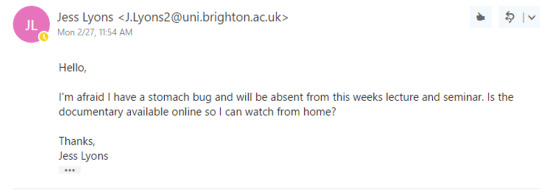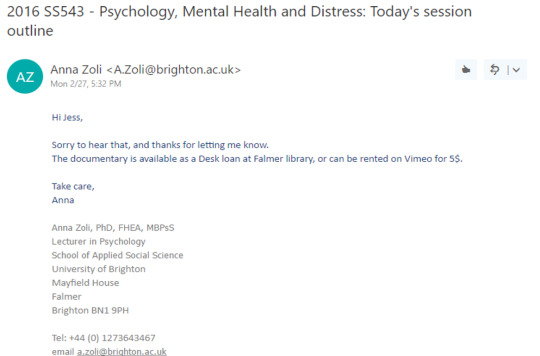Text
www.jesslyonsprojectsthirdyear.tumblr.com
An orange place for my final year projects
0 notes
Text
4th January
Initial Meeting Transcript
Wednesday 4th January 2017 by Jess Lyons
0 notes
Text
Image 1
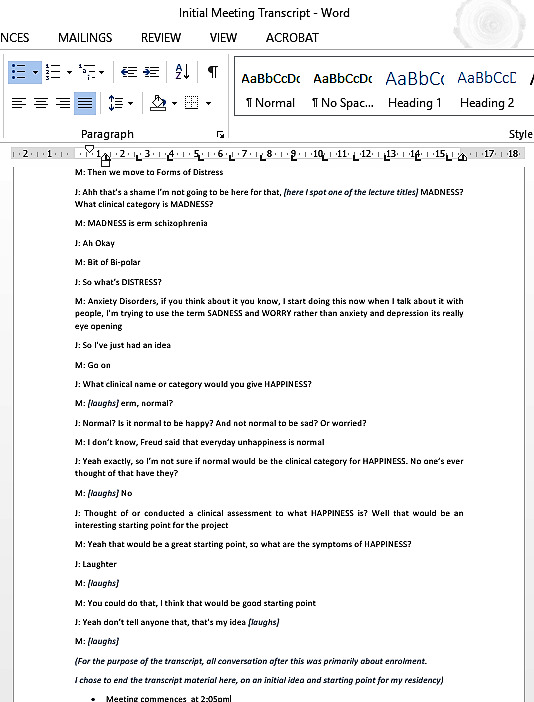
Image 1. A screenshot from the transcript of the initial meeting, on January 4th from 1:25pm-2:05 pm, between Dr. Matt Adams (represented as M) and myself (represented as J) where I have a critical shift in my thoughts towards an idea and starting point of the residency.
0 notes
Text
6th February
Bevendean House, Room BE302. 2pm-5pm
WEEK 1 by Jess Lyons on Scribd
0 notes
Text
Instead of asking: “What’s wrong with you?”
We need to be asking: “What’s happened to you?”
0 notes
Text
13th February
The Checkland Building, Room A501 2-5pm
WEEK 2 by Jess Lyons on Scribd
0 notes
Text
20th February
A BRAVE NEW WORLD OF SLEEP
Week 3
During week 3, coincidentally the March issue of ‘The Psychologist’ magazine had been posted through my door, with no name or address attached, an article within the magazine titled ‘Children of Alcoholism’ by Alan Price, postgraduate from the university of Salford describe how people these days have ‘a reluctance to diagnose, seek diagnosis through fear of stigma’ (Sutton and Price, 2017) and are turning towards more psychological approaches to analysing and dealing with distress. When looking at the magazine I was drawn to the cover image, a digital image created by artist Guido Iafigliola, who not only created the cover image but all images for the corresponding article ‘A Brave New World of Sleep’. I experienced a pivotal shift in thought when investigating the artist and his work and now began to consider my role as an artist within this placement as opposed to a student. I studied the image and after researching his blog, could not find any information as to whether he was commissioned to make the work, for the article or whether he had made the work first and then the publication had approached him to use it.
This intrigued me, as recently on other parts of the course, I have been exploring what ‘Site-Specific’ art is, and situational art and believe that I can relate the theory here. If Guido was commissioned to create this piece specifically, then the work could be framed as ‘Site-adjusted’ work, as Robert Irwin put it in his ‘Being and Circumstance’. Guido would have considered the site, (in this case, the magazine, the brief and the context of the work) but would have made the work in his studio to then be transported/uploaded to the site/place/publication for display. On the other hand, If Guido made the work and then, the publication approached him, the work would have lost most of its identity and authenticity in the process of tearing it from its place of production, and context and presenting it in this whole new framework of a psychology magazine.
0 notes
Text
23rd February
MINDS RUN FREE
A week later I received another edition, where the front cover imagery was created by Eliza Southwood, who specializes in silkscreen printing, but she also works in mixed media, watercolour, and acrylic. One of her on-going themes is cycling and she has produced a range of prints, often inspired by bike races. Again this makes me question whether the artist intended her work to epitomize a top theme in a Psychology publication when she made it. Because from the sounds of it, she wanted it to epitomize Bikes, the only clear link, is the word ‘Run’.
This inspired me to make my own images, for the module, about the module, employing all the knowledge I have gained and to combine both disciplinaries by producing work that is accessible for both subjects to understand. From here on out I considered myself to be a resident artist, rather than a psychology student.
0 notes
Text
Perhaps my purpose during this placement is to be able to represent its core ideas through art works?
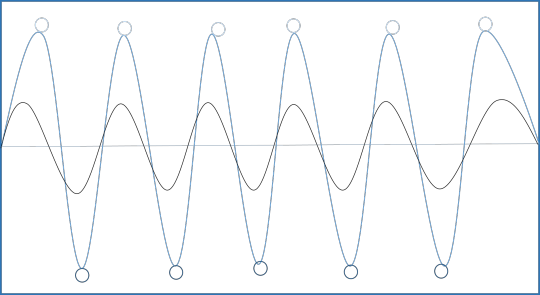
Scale of Madness (e.g. Bipolar)
0 notes
Text
6th March
WEEK 5
Images of Notebook
Westlain House, Gallery 100
2-5pm
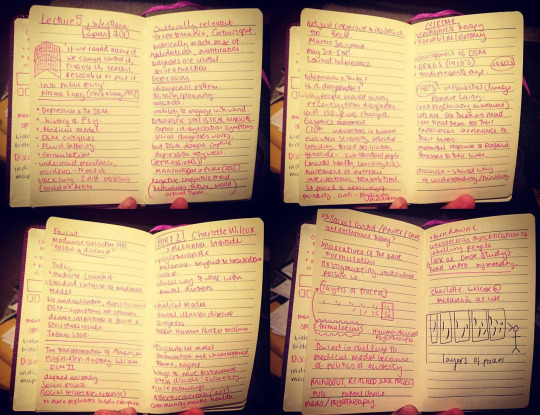
0 notes
Text
‘Let’s not see them as mad! Let’s treat them for their experiences’
-Ronnie Laing
This lecture took place in a vast hall where the speaker stood at the bottom of the stage and the audience sat raised far above the bottom on isles of wooden benches circling the stage. I sat in the middle. Lecture 6 was exciting as it was in 2 parts, the first part was conducted by a lecturer I had never met who was extremely engaging but whose name I, unfortunately, didn't catch. And during the second part, guest Psychotherapist and recently graduated Charlotte Wilcox came to discuss her work and introduce us to the idea of Formulation.
Up to this point I have discovered an entirely new way of thinking, approaching and speaking about Mental Distress, and as a student on this module, we were now introduced to the conversation of our Assessments, and even though I would not be taking part in them, I still wished to understand and explore more into the module so was intrigued by this new term ‘Formulation’.
0 notes
Text
8th March

FORMULATION
A formulation is a theoretically-based explanation or conceptualization of the causal influences of distress within someone. Following a formulation, an appropriate care intervention will be recommended.
Formulation Layers.
When creating a formulation, you will draw on the narratives from someone’s past, building up the layers and layers of causality to form you theory
0 notes
Text
9th March
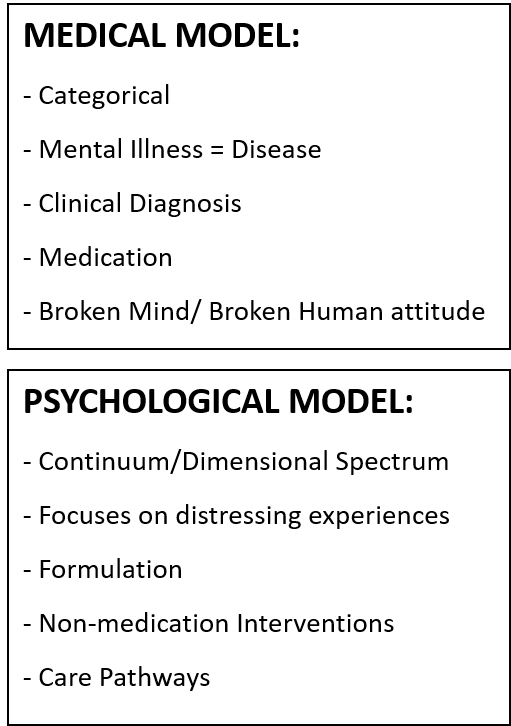
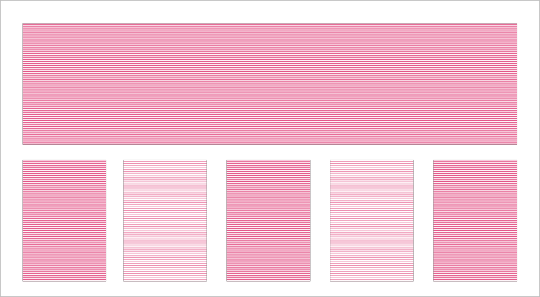
Above shows the difference between the medical/categorical model and the psychological/dimensional model.
Below shows a sketch of how I would represent the 2 different models
0 notes
